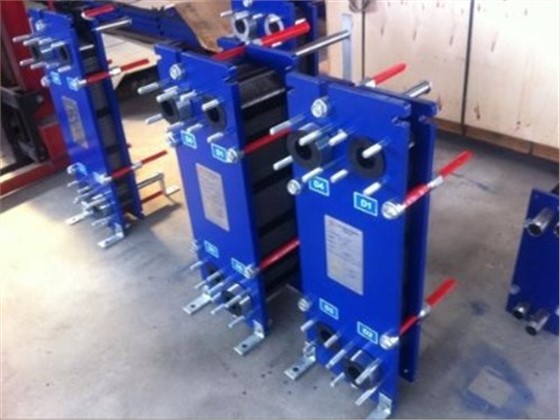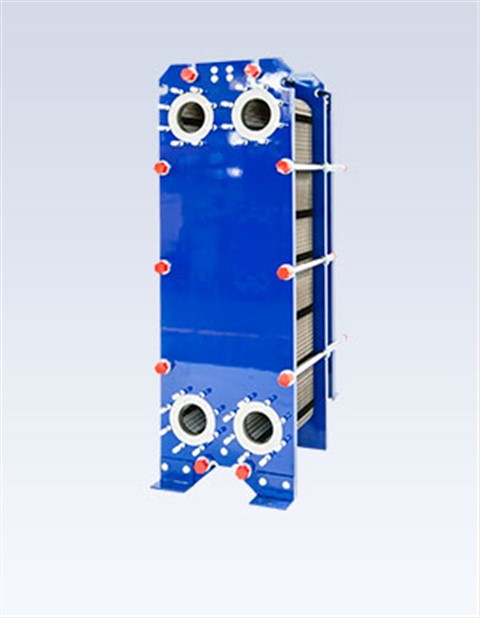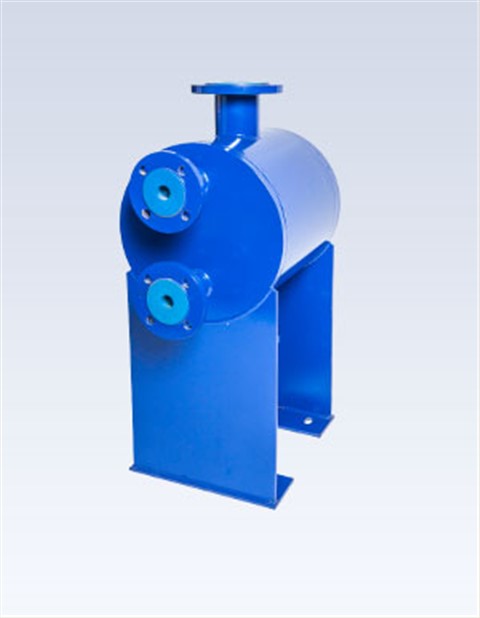Friends who have used Ruiputeplate heat exchanger should understand that plate heat exchanger in use will be more prone to the phenomenon of fouling, which leads to the plate heat exchanger heat transfer efficiency is reduced as well as the waste of heat energy, thus affecting the effect of heat transfer, the following editor to introduce the cleaning method of plate heat exchanger.
1, the choice of cleaning agent
The choice of cleaning agent, which is currently used is acid washing, which includes organic and inorganic acids. Organic acids are mainly: oxalic acid, formic acid and so on. Inorganic acids are mainly: hydrochloric acid, nitric acid and so on. Based on the analysis of heat exchanger scaling and process, material and scale composition.
1) heat exchanger circulation area is small, the internal structure is complex, if the cleaning fluid precipitation is difficult to discharge.
2) Heat exchanger material for nickel titanium alloy, the use of hydrochloric acid for the cleaning fluid. It is easy to produce strong corrosion of the plate and shorten the service life of the heat exchanger.
Through repeated tests found that the choice of formic acid as the best cleaning fluid. In the formic acid cleaning solution by adding buffer and surfactant, the cleaning effect is better, and can reduce the corrosion of cleaning fluid to the plate. Chemical test studies on scale samples showed that formic acid was effective in removing scale. Through the acid immersion test, it was found that formic acid can effectively remove the scale attached to the plate, while its corrosion effect on the heat exchanger plate. Very small.
2, the basic principle of scale removal
1) dissolving effect: acid solution is easy to react with calcium, magnesium, carbonate scale, generating soluble compounds, so that the scale dissolved.
2) Stripping effect: acid solution can dissolve the metal surface of the oxide. Breaks the bond with the scale. This causes the scale attached to the surface of the metal oxide to peel off. And fall off.
3) gas lift off effect: acid solution and calcium, magnesium, carbonate scale reaction, produce a large amount of carbon dioxide. Carbon dioxide gas in the overflow process. For insoluble or slow dissolution of the scale layer, has a certain set off power, the scale from the heat exchanger heated surface to fall off.
4) loosening effect: for containing silicate and sulfate mixed scale, due to calcium, magnesium, carbonate and iron oxides dissolved in acid solution, the residual scale will become loose, easily flushed down by the flow of acid solution.

3, cleaning process requirements of the scale
1) Pickling temperature: improve the pickling temperature is conducive to improve the effect of descaling. If the temperature is too high will exacerbate the corrosion of the pickling solution on the heat exchanger plate, through repeated tests found that the pickling temperature control in 60 ~ E appropriate.
2) Pickling solution concentration: according to repeated tests, the pickling solution should be formic acid 81.O%, water 17.O%, buffer 1.2%. The concentration of 0.8% of surfactant and 0.8% of surfactant can produce excellent cleaning effect.
3) Pickling method and time: pickling method should be a combination of static soaking and dynamic cycle method. Pickling time for the first static soaking 2h, and then the dynamic cycle of 3 ~ 4h. In the pickling process should be frequently sampled and tested pickling concentration, when Adjacent two assay concentration difference value is less than 0.2%, can be considered the end of the pickling reaction.
4) passivation: after the end of pickling, plate heat exchanger surface scale and metal oxides, most of which are dissolved off, exposing the new metal, highly susceptible to corrosion, so after pickling, the heat exchanger plate for passivation.
4, the specific steps to clean the scale
1) Flush: before pickling, first open the heat exchanger wash, so that there is no mud, scale and other impurities inside the heat exchanger, which can improve the effect of pickling, but also can reduce the acid consumption of pickling.
2) Pour the cleaning fluid for cleaning equipment, and then injected into the heat exchanger.
3) Pickling: will be filled with acid solution heat exchanger static immersion 2h. and then continuous dynamic cycle 3 ~ 4h. every 0.5h during the period Perform alternate forward and reverse cleaning. After the end of pickling, if the pH value of the acid is greater than 2, the acid can be reused, otherwise, the pickling solution should be diluted and neutralized and discharged.
4) Alkali washing: After the end of pickling, with NaOH, Na, PO, softening water prepared in a certain proportion, the use of dynamic cycle of the heat exchanger alkali washing, to achieve acid-base neutralization, so that the heat exchanger plate is no longer corrosive.
5) Washing: After the end of alkali washing, with clean water softening. Repeatedly on the heat exchanger washing 0.5h, the heat exchanger in the residue thoroughly flushed clean.
6) Records: the cleaning process, should be strictly recorded in each step of the time to check the cleaning effect. In short, after the end of cleaning, the heat exchanger should be pressurized test. Only after passing the test can be used.
The above is the editor for you to introduce the plate heat exchanger cleaning method, I hope it can help you, if you still have other aspects want to understand, you can come to consult us.


 Food grade plate heat exchanger
Food grade plate heat exchanger Plate And Shell Heat Exchanger
Plate And Shell Heat Exchanger